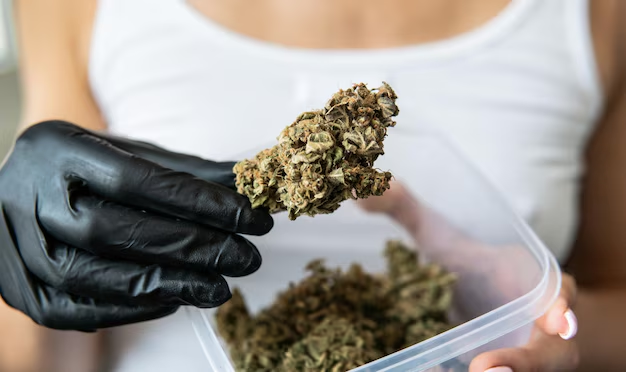Can Marijuana Use Lead to High Blood Pressure? Here's What You Should Know
As more states and countries embrace the legalization of marijuana, questions about its health effects continue to surface. One burning query many people have is whether weed can cause hypertension or high blood pressure. As we dig into this topic, it's essential to explore various angles and understand the broader impact on both health and lifestyle.
Understanding Marijuana and Hypertension
Hypertension, or high blood pressure, is a condition where the force of the blood against the artery walls is too high, potentially leading to health issues like heart disease. Some studies suggest that marijuana may temporarily increase blood pressure for a few hours after consumption.
THC and Blood Pressure: Tetrahydrocannabinol (THC), the psychoactive compound in cannabis, might cause an initial rise in heart rate and blood pressure. However, this can vary significantly based on the dosage, frequency of use, and whether the user is sitting, standing, or lying down.
Long-Term Effects: Long-term data is less definitive. Some users might develop a tolerance over time, which could alter how marijuana affects their cardiovascular system. Chronic use might pose different risks compared to occasional use.
What Does Current Research Say?
Research is divided, with some studies indicating no severe long-term cardiovascular risk, while others suggest a potential link between consistent marijuana use and increased hypertension risk. The challenge lies in isolating marijuana's effects from other health and lifestyle factors, such as dietary habits, exercise, and other substance use.
Limited Large-Scale Studies: Some observers argue that there are not enough comprehensive studies to definitively conclude marijuana's effect on blood pressure, noting that lifestyle and genetic predispositions also play significant roles.
Potential Medicinal Benefits: On the flip side, medical marijuana is often prescribed for its pain-relieving and anxiety-reducing properties, which can indirectly contribute to lower blood pressure in some patients by reducing stress levels.
Navigating Health and Financial Support
Regardless of marijuana's effects, managing hypertension is crucial for overall health. This condition often requires regular medical check-ups, medications, and sometimes lifestyle changes, all of which can be financially taxing. Fortunately, there are government aid programs and other supports available to help manage the costs.
Government Assistance: Many countries offer health care programs that subsidize medications and provide regular medical advice. Checking for eligibility in Medicaid or similar programs can be beneficial.
Prescription Savings: Programs like prescription assistance plans can aid in affording necessary medications, making hypertension treatment more accessible.
Lifestyle Discounts: Look for community programs that offer discounted gym memberships or nutrition counseling, which can aid in managing hypertension naturally.
Financial Assistance and Educational Resources
To further ease the burden on your wallet and well-being, consider exploring some of these targeted financial programs and resources:
💳 Credit Counseling Services: Seek out free or low-cost credit counseling to better manage any health-related expenses.
💸 Debt Relief Options: Look for plans that consolidate medical debts at low interest rates, easing the stress on monthly budgets.
🎓 Educational Grants: If you're seeking to pivot careers or enhance qualifications in the healthcare or wellness field, research available grants that could fund further studies or certifications.
🏥 Community Health Clinics: Often provide free or sliding-scale health services, helping to reduce the expense of managing conditions like hypertension.
Understanding marijuana's impact on hypertension requires a nuanced approach, acknowledging both scientific insights and personal health management strategies. It's crucial to stay informed and utilize available financial and educational resources to support overall well-being.

Related Topics
- a 66 Year Old Female With a History Of Hypertension
- Are Eggs Bad For Hypertension
- Are Eggs Good For Hypertension
- Are Endocrine Disorders Causing Hypertension Rare
- Can Adderall Cause Hypertension
- Can Alcohol Cause Hypertension
- Can Allergies Cause Hypertension
- Can Anemci People Get Hypertension
- Can Anemia Cause Hypertension
- Can Antibiotics Cause Hypertension